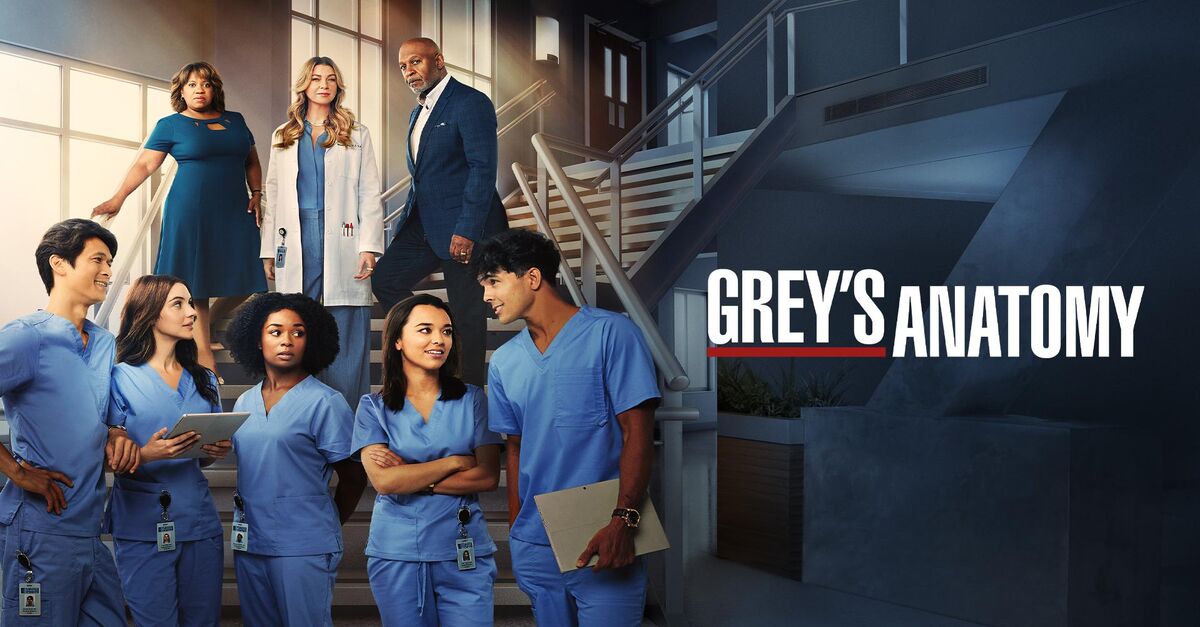You’ve probably heard of Grey’s Anatomy. In case you haven’t, it’s an incredibly popular American drama series following the personal and romantic lives of surgeons. Having amassed a cult following of millions of fans, the series, it’s clear, has had a profound impact on many people’s lives, yet what not many viewers know is that this series can be bad for your health.
Grey’s Anatomy and other medical television drama series can foster unrealistic expectations from patients and family members due to the way patients with trauma are portrayed on television. The National Library of Medicine dubs this as the “Grey’s Anatomy effect.” Patients’ unrealistic expectations, like those caused by misleading and unrealistically optimistic medical stories, often lead to worse health outcomes; as a result, mortality rates increase. Bad medical representation is, quite literally, deadly. For instance, patients with “overly optimistic expectations” about the medium- to long-term outcomes after receiving cardiopulmonary resuscitation (CPR) incorrectly expect “that the success of CPR is equal” across different ages. People think CPR is more effective than it actually is due to the dramatized portrayal of CPR in the media, and this is highly problematic. As a result, people fail to realize that factors such as age play a role in the success of basic life-saving techniques like CPR.
A study by Dr. Brian L. Quick, a University Professor of Communication and Medicine, found that viewing Grey’s Anatomy had negative effects on patient satisfaction, as well. Not only do poorly represented medical stories increase mortality rates, but they also cause patients to feel less happy with the care they receive. Additionally, elderly individuals are often mistreated in the series, with jokes from the doctors that killing elderly patients isn’t a big deal— dehumanizing elderly patients and even ignoring them. The doctors on this show too often seem to lack a key component of medicine: ethics.
Oddly enough, a better example of accurately representing the responsibility of doctors is not a supposed medical drama but instead The Good Place. While not inherently medical-related in its plot or storyline by any means, it features a key component of medicine: the field of medical ethics and why ethics and moral philosophy are so important in medicine. A classic example to illustrate this is a commonly used ethical dilemma: the decision of a doctor on whether to operate on a patient who does not consent to their organs being used to donate to five other patients who will die without the transplant. The Good Place is accurate in that it references the actual code of ethics within medicine: the Hippocratic oath, in which all physicians swear to “do no harm.” It showcases the much-needed—yet largely unappreciated—fields of bioethics and medical ethics, which seek to apply ethical principles and frameworks in the fields of medicine and biomedical research, that Grey’s Anatomy clearly does not abide by.
As icing on the proverbial cake, Grey’s Anatomy has an embarrassing amount of blatant inaccuracies, like a doctor ordering an MRI—used for internal body scans—for a patient with a fork sticking out of her neck: a very obviously external affliction.
Ultimately, the main issue isn’t necessarily that the show is so inaccurate, the problem is that the series brands itself as a realistic portrayal of a hospital experience, so much so that research has shown that people who regularly watch Grey’s Anatomy believe the content is “credible” and that “the show’s storylines are realistic.” Because of this, patients expect doctors in real life to be just as “courageous” as the doctors they’ve seen on TV. In fact, a whopping 42% of older adults state that the majority of their health information comes from watching TV.
The main flaw in how the media depicts healthcare is that it prioritizes entertainment value over accuracy, similar to how news is sensationalized—resulting in an abundance of inaccuracies. The surgery department at St. John’s Hospital and Medical Center found, in a study of more than 48,000 real-life trauma patients and 290 trauma patients from Grey’s Anatomy, the mortality rate for fictional trauma patients is over 3 times higher than that of actual trauma patients. Grey’s Anatomy makes certain conditions seem more fatal than they actually are: it’s just more entertaining that way. On social media platforms, bizarre health misinformation spreads rapidly. Stories of doctors gatekeeping a cancer cure, berries being more effective than legitimate vaccines, and ramen noodles being deadly, go viral, but health disparities, such as medical racism, nor social determinants of health, like poverty and immigrant status, are rarely discussed.
Grey’s Anatomy was written by a black woman, Shonda Rhimes. In many ways, Grey’s Anatomy remains incredibly revolutionary, especially in its representation of Black healthcare professionals. One of the things Rhimes did so well was the diversity within the casting, as 27.3% of the main cast members were people of color! Rhimes truly is a mastermind of a writer and an undeniably talented storyteller. But accuracy, for better or worse, simply will not yield enough watch time. People do not want to see hours of doctors filling out paperwork or a documentary: they want drama. My concern with Rhimes’ work—which from purely an entertainment perspective, is incredibly well-done—is solely based on its inaccuracies.
Bad medical representation in the media is harmful. Luckily, it’s not just all bad; the media, if utilized correctly, can have positive impacts too. Studies have shown that mass media can positively influence people through health-related knowledge, contributing to improved behaviors and outcomes. For instance, mass media has been effective in protecting people from HIV through advocating condom use, helped to increase the rates of elderly individuals receiving flu vaccinations, and increased rates of gynecological pap tests to detect cervical cancer early on.
Let’s strive to create a world with realistic healthcare expectations and simultaneously prioritize quality and empathy for patients by ensuring that the media reflects these values.

